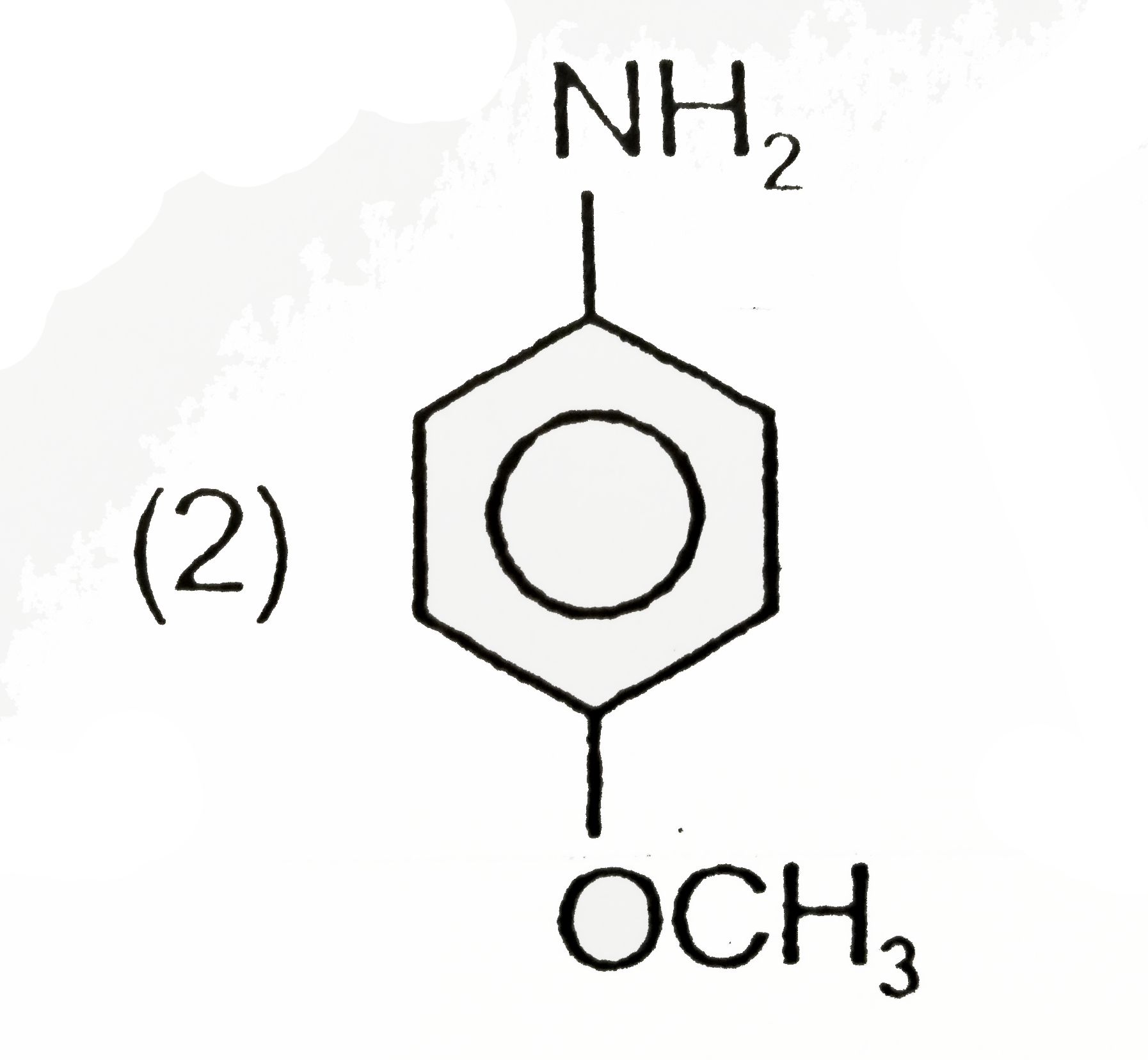Which of the following is least basic among the following compounds?
Et3N
(ET)2NH
(CH3CO)2NH
CH3−CO−NH−Et
To determine which of the given compounds is the least basic, we need to analyze the structures and the electronic effects of the substituents on the nitrogen atom in each compound. The basicity of a compound is influenced by the availability of the lone pair of electrons on the nitrogen atom for donation.
1. Identify the Compounds:
Let's denote the compounds as follows:
- Compound A: Et3N (Triethylamine)
- Compound B: N(CH3)2CO (Dimethylacetamide)
- Compound C: N(C2H5)2 (Diethylamine)
- Compound D: CH3CONH2 (Acetamide)
2. Analyze Basicity:
Basicity is determined by the availability of the lone pair of electrons on the nitrogen atom. The more electron-donating groups attached to the nitrogen, the more available the lone pair will be for donation, thus increasing basicity.
3. Consider Electron-Donating and Electron-Withdrawing Effects:
- Compound A (Triethylamine): The three ethyl groups are electron-donating, which increases the electron density on nitrogen, making it more basic.
- Compound B (Dimethylacetamide): The presence of the carbonyl group (C=O) adjacent to nitrogen can withdraw electron density through resonance, reducing basicity.
- Compound C (Diethylamine): Similar to compound A, the two ethyl groups are electron-donating, increasing basicity.
- Compound D (Acetamide): The carbonyl group is directly attached to the nitrogen and can withdraw electron density significantly, making the lone pair less available for donation.
4. Rank the Compounds:
- Most Basic: Compound A (Triethylamine) > Compound C (Diethylamine) > Compound B (Dimethylacetamide) > Least Basic: Compound D (Acetamide).
5. Conclusion:
Based on the analysis, the compound that is least basic among the given options is Compound D (Acetamide).
Let's denote the compounds as follows:
- Compound A: Et3N (Triethylamine)
- Compound B: N(CH3)2CO (Dimethylacetamide)
- Compound C: N(C2H5)2 (Diethylamine)
- Compound D: CH3CONH2 (Acetamide)
Basicity is determined by the availability of the lone pair of electrons on the nitrogen atom. The more electron-donating groups attached to the nitrogen, the more available the lone pair will be for donation, thus increasing basicity.
- Compound A (Triethylamine): The three ethyl groups are electron-donating, which increases the electron density on nitrogen, making it more basic.
- Compound B (Dimethylacetamide): The presence of the carbonyl group (C=O) adjacent to nitrogen can withdraw electron density through resonance, reducing basicity.
- Compound C (Diethylamine): Similar to compound A, the two ethyl groups are electron-donating, increasing basicity.
- Compound D (Acetamide): The carbonyl group is directly attached to the nitrogen and can withdraw electron density significantly, making the lone pair less available for donation.
- Most Basic: Compound A (Triethylamine) > Compound C (Diethylamine) > Compound B (Dimethylacetamide) > Least Basic: Compound D (Acetamide).
Based on the analysis, the compound that is least basic among the given options is Compound D (Acetamide).
Similar Questions
Knowledge Check
Which is least basic among the following?
ANF3BNCI3CNBr3DNI3Which of the following is the least basic?
A B
B C
C DAll are equally basic
DAll are equally basicWhich of the following is the least basic?
A B
B CC2H5NH2D
CC2H5NH2D
